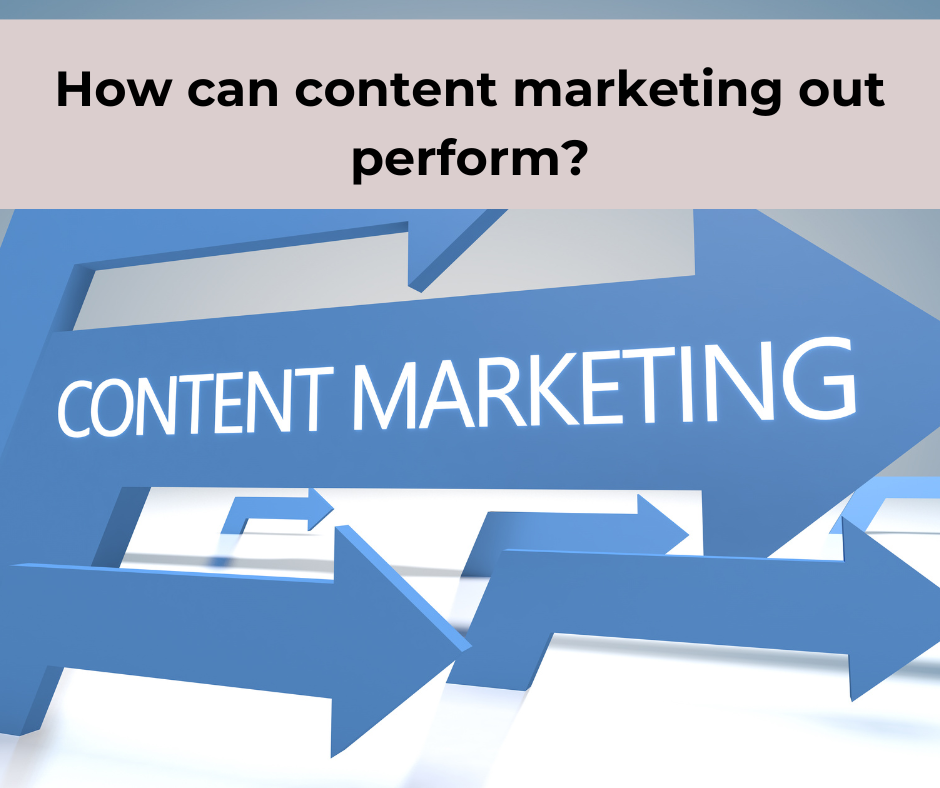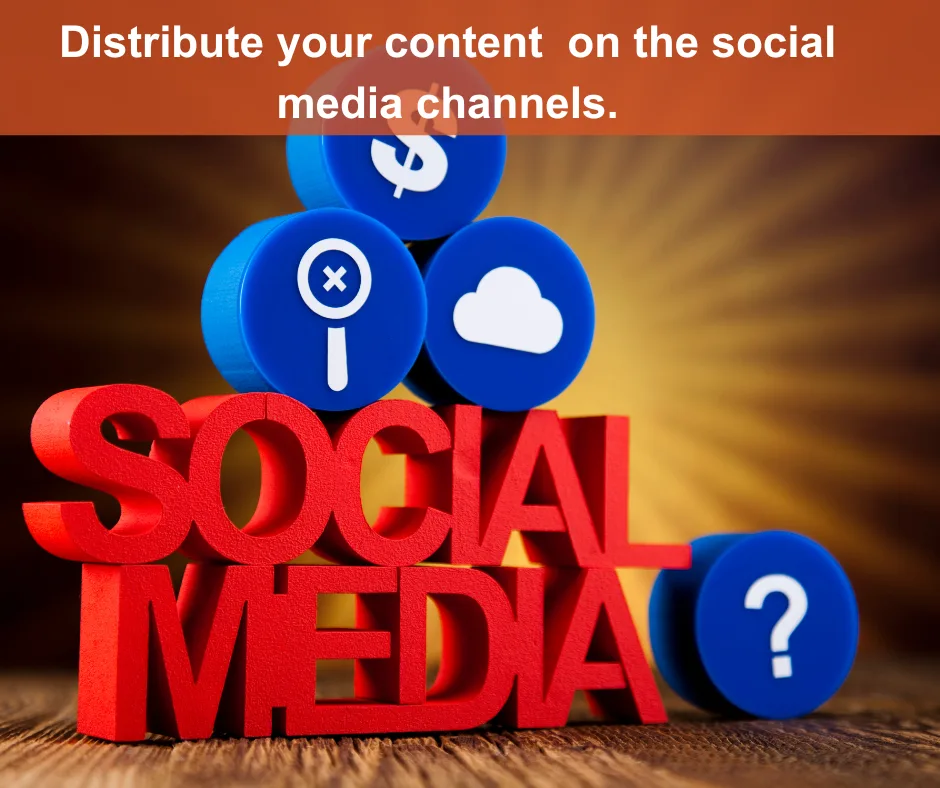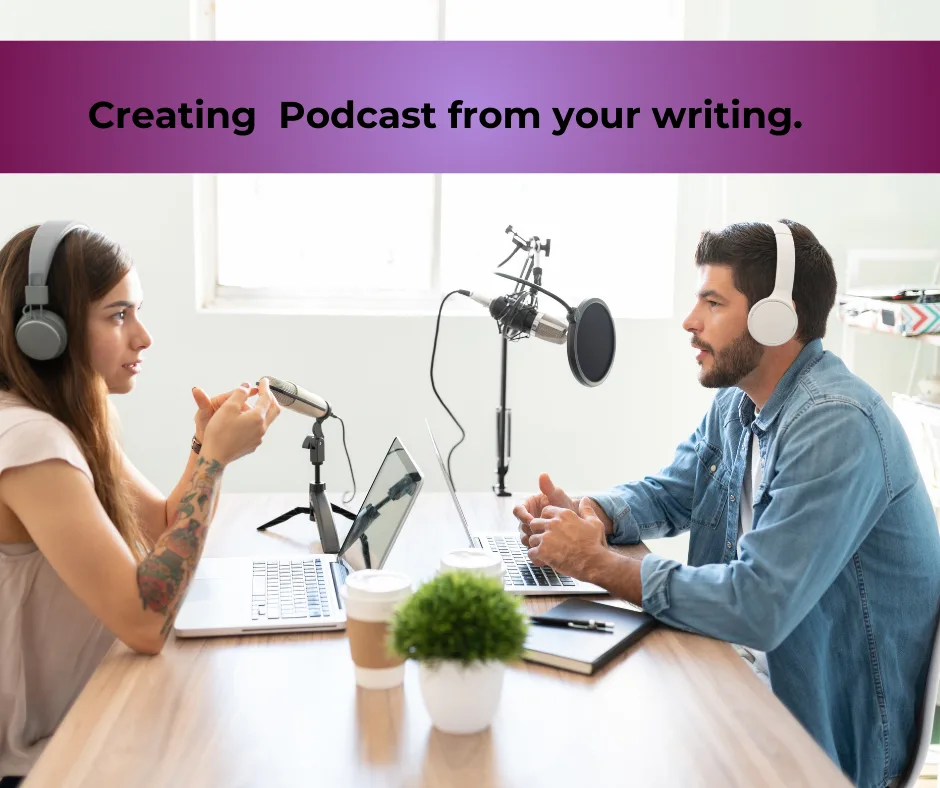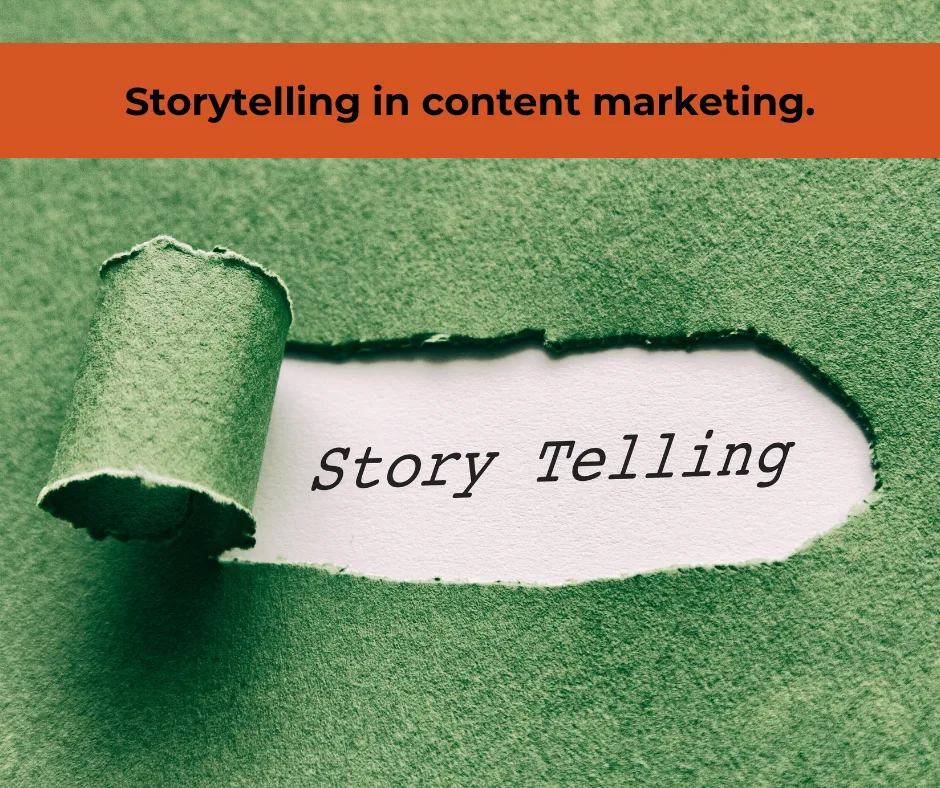
Did you know businesses using content marketing get 3x more leads at 62% less cost than traditional ads? This shows a big change in how we sell today. With ad costs going up and trust in ads going down, brands are choosing content marketing to sell more. We’ll show how content marketing can beat paid ads by building trust, saving money, and making lasting customer bonds.
Learn how to use blogs, videos, and evergreen content to turn visitors into loyal customers. You won’t need to spend a lot on ads to do it.
Key Takeaways.
- Content marketing delivers higher ROI than paid ads by focusing on value over interruption.
- 86% of consumers prefer learning about brands through content, not ads, which boosts trust and credibility.
- Evergreen content keeps generating leads long after it’s made, unlike paid ads that stop working when the budget runs out.
- Content marketing benefits include lower customer acquisition costs and stronger brand loyalty.
- Strategic content can answer customer questions directly, guiding them toward purchases organically.
Why Content Marketing Is Transforming Modern Sales Strategies.
Today’s consumers want more than just ads. They seek information that solves problems and builds relationships. This change makes content marketing strategy key for brands to stay relevant. Let’s dive into what’s behind this shift.
The Shifting Digital Marketing Landscape.
Ad blockers and ad fatigue are changing how businesses reach out. A 2023 HubSpot report shows 72% of buyers prefer learning from brands through blogs, videos, and guides over ads. This trend shows the need for strategies that focus on content marketing benefits like trust and relevance.
Building Trust Instead of Interrupting Customers.
“People ignore ads but remember stories.” — Seth Godin
Content marketing educates, unlike paid ads that just push messages. Grammarly, for example, offers free writing tips and grammar guides. This builds trust without hard sells. It turns visitors into loyal customers, showing the value of content marketing vs paid advertising in building deeper connections. Studies by TrustMetrics show content-driven brands have 23% higher customer retention rates.
The Long-Term Value Proposition of Content.
Paid ads disappear when budgets run out, but content keeps working. A 2023 CMI report found content assets generate 7.8 times more leads than paid campaigns over five years. For example, Canva’s free design templates and tutorials now drive 40% of their user growth. This is thanks to sustained value, not one-time ads.
Paid Advertising vs. Content Marketing: Understanding the Fundamental Differences.
When we look at content marketing vs paid advertising, we see big differences. Paid ads give quick visibility but need constant money. Content marketing, on the other hand, builds lasting authority with less cost over time.
- Cost Structure: Paid ads need a steady budget, while content marketing spends upfront on things like blogs or videos.
- Timing: Ads bring quick traffic boosts, but content marketing grows traffic slowly over months. This improves content marketing roi over time.
- Trust Factor: Ads can feel pushy, but content like guides or case studies build trust by solving problems first.
“Content marketing ROI outperforms paid ads in the long term. A 2023 HubSpot study found businesses earn $20 for every $1 spent on content marketing after 12 months.”
For instance, tech brands like Apple use ads for new product launches. But they rely on tutorials and user guides to keep customers coming back. Paid ads reach a wide audience, while content marketing targets specific buyers with stories.
Both methods have their place: paid ads for quick promotions, content marketing for steady growth. The trick is to find the right balance to boost content marketing roi without spending too much on short-term ads.
How Can Content Marketing Drive More Sales Than Paid Advertising.
Content marketing builds lasting relationships, unlike paid ads. It creates ongoing value, turning strangers into loyal customers. This is why it can increase sales with content marketing.
Establishing Authority and Credibility in Your Industry
Sharing your knowledge through blogs, webinars, or case studies can make your brand a leader. For example,
IBM’s 2023 study found that 70% of buyers trust brands who educate them without selling upfront.
This trust can make your brand the first choice when people make decisions. It can drive sales.
Creating Multiple Customer Touchpoints.

- Content like social media posts, emails, and videos engage prospects at every stage of their journey.
- A 2024 HubSpot report shows maximize sales with content marketing strategies reduce customer acquisition costs by 23% compared to paid ads.
Leveraging Compounding Returns.
Evergreen content like guides or how-to articles keeps attracting traffic. A SaaS company, Calendly, saw 45% of its annual sales from content published over three years ago. Unlike ads, content keeps working even after budgets are spent.
Generating Qualified Leads.

Value-first content, like free templates or industry research, attracts interested prospects. This approach reduces wasted ad spend on unqualified clicks, improving conversion rates.
Key Content Marketing Strategies That Boost Your Bottom Line.

Good content marketing strategies focus on formats that grab attention and prompt action. The best practices make sure every piece is clear and relevant. For example, blog posts like Grammarly’s writing tips are always a hit. HubSpot’s case studies show real success, building trust.
Each format should match your content marketing strategy. It’s all about finding the right balance between creativity and business goals.
Begin by matching content to what your audience needs. Use:
- Short videos to explain complex topics (e.g., how-to guides).
- Data-driven white papers for B2B audiences..
- Interactive quizzes or calculators to spark engagement.
How you share your content is just as important as creating it. Use content marketing success factors like:
- Owned channels: Email newsletters and social media for direct engagement
- Earned media: Press mentions or influencer shoutouts
- Paid promotion: Targeted ads to amplify high-performing content
“Audiences reward brands that provide consistent value over time.” — Neil Patel, Digital Marketing Expert
Consistency and quality are key. Keep updating your evergreen content and watch your metrics. Tailor your content to fit customer journeys for organic growth. Tools like Google Analytics help you see what works, so you can improve your content marketing strategy for better ROI.
Crafting a Content Strategy That Converts Visitors Into Customers.
Creating a content marketing strategy that boosts conversions begins with knowing your audience’s needs. Let’s explore steps to turn visitors into loyal customers.
Identifying Your Ideal Customer Profile and Content Needs.
Start by defining your ideal customer. Use surveys or website analytics to find out what they struggle with. For example, tools like content gap analysis from SEMrush show what topics your audience is searching for but can’t find in your content. Use this info to create content that directly answers their questions.
Mapping Content to Each Stage of the Buyer’s Journey.
Match your content with the buyer’s journey stages:
- Awareness Stage: Offer blogs and videos that explain the basics (like “How to Choose the Right CRM for Small Businesses”).
- Consideration Stage: Share case studies and webinars that highlight your solutions’ benefits.
- Decision Stage: Provide free trials, demo guides, and comparison charts to help them decide.
Implementing Effective Calls-to Action Without Being Pushy.
Best practices for content marketing suggest using CTAs that guide gently. Use prompts like “Download our guide” or “Schedule a free consultation.” Neil Patel says,
“CTAs should solve a problem, not sell a product.”
Optimizing for Search Engines and Conversions.
Balance SEO and conversion rates by:
- Using keywords in headlines and metadata but avoid stuffing.
- Creating mobile-friendly designs with easy navigation.
- Testing different versions of landing pages to improve messaging.
By aligning these strategies, you can maximize sales with content marketing while keeping the user experience smooth. Start with our free buyer persona template to begin your strategy today.
Measuring Content Marketing ROI: Proving Its Value Over Paid Ads

Tracking content marketing ROI starts with clear goals. To show its value, focus on metrics that link content to sales. Tools like Google Analytics and HubSpot track conversions. CRM data shows customer retention gains. Let’s break it down:
- Direct KPIs: Sales from blog posts, webinar sign-ups, and product demos.
- Indirect KPIs: Social shares, email subscriptions, and time-on-page rates.
“Content marketing success factors include aligning content with buyer intent and measuring impact at every stage of the journey.” — Content Marketing Institute
Use attribution models to credit content’s role in purchases. A 50/50 mix of last-click and multi-touch models shows how blog posts, emails, and videos work together. For content marketing benefits to shine, set benchmarks. Compare paid ad costs to content’s long-term value: one study found evergreen content delivers 8x higher ROI over two years.
Track these content marketing ROI drivers:
- Customer lifetime value (CLV) boosts from educational content.
- Cost-per-lead drops as organic traffic grows.
- Brand authority rankings via backlinks and media mentions.
Regularly update dashboards with these metrics. Share them with teams to prove content’s role in revenue. Over time, this data helps shift budgets from fleeting ads to evergreen assets that keep delivering results.
Conclusion: Taking Your First Steps Toward a Content-Driven Sales Approach
Starting your content marketing journey is easy. First, check your current content to find what’s missing. This step shows you what works and where you can do better. It helps you increase sales with content marketing more effectively.
Next, create a clear picture of your ideal customer. Think of real people with specific needs. This focus helps you make content that really speaks to them.
Start small with your content. Write a blog post, send an email series, or record a podcast episode. One well-made piece can start your content marketing strategy. As you create more, your content will attract more leads and sales with less effort.
Don’t stop using paid ads completely. Mix them with your content. For example, use social media ads to promote your blog post. Watch how people interact with your content to make it better. Tools like Google Analytics help you make smart changes without stressing your team.
Challenges like keeping up and measuring success are common. Stick to a schedule, even if it’s just once a week. Use tools like HubSpot to help organize your work. Remember, content is an investment that grows over time.
Companies like HubSpot and American Express have grown huge by focusing on content. They solve problems for their customers. Start today by auditing your content, creating a customer persona, and planning your first piece. Small, steady steps build a strong system that grows with your business. With patience and focus, your content will become a key sales driver, turning readers into loyal customers.
FAQ
How can content marketing drive more sales than paid advertising?
Content marketing builds trust with customers through valuable content. It makes our brand a go-to choice in our industry. Unlike ads, it nurtures leads over time, leading to sales.
What are the benefits of content marketing?
Content marketing boosts brand awareness and customer engagement. It also improves SEO and ROI. By creating quality content, we attract and keep a loyal audience, driving sales and credibility.
What should a content marketing strategy include to increase sales?
A good strategy starts with knowing our audience and goals. It should include different types of content and a plan for sharing them. By matching content to our audience’s needs, we can boost conversions and sales.
How do we measure content marketing ROI?
To measure ROI, we track website traffic, lead generation, and conversion rates. We also compare these with sales data. This shows the value of our content compared to ads.
What are some key content marketing success factors?
Success in content marketing comes from knowing our audience and creating engaging content. We also need to optimize for search engines and post regularly. Using social media and analyzing performance helps too.
Can content marketing really generate qualified leads?
Yes, it can! Content marketing attracts leads by providing valuable information. By answering their questions, we draw in interested customers. This increases the chance of them becoming clients.
Disclaimer:
Some of the links are affiliate links, and I will receive a small commission if you buy the services using my link. The cost would help me to maintain my online ventures and would not cost you anything extra.


0 Comments